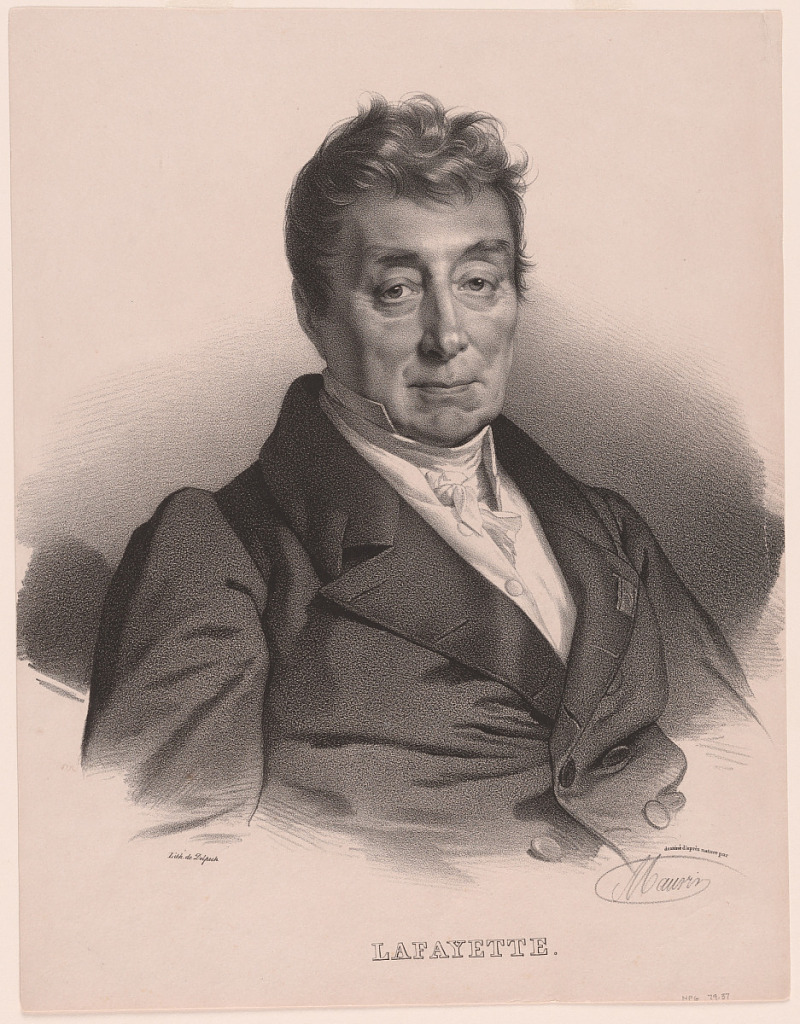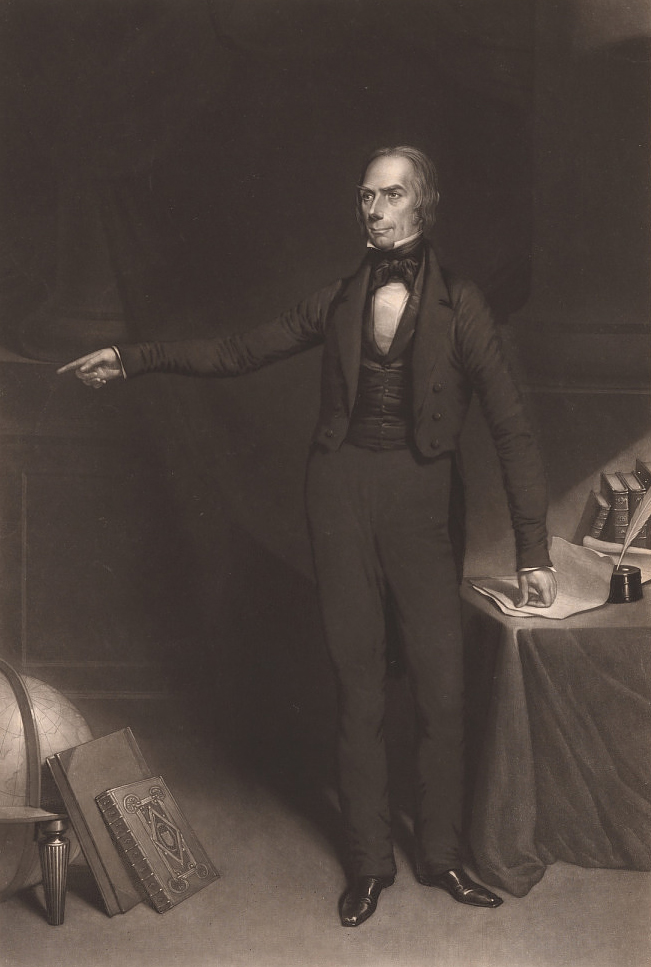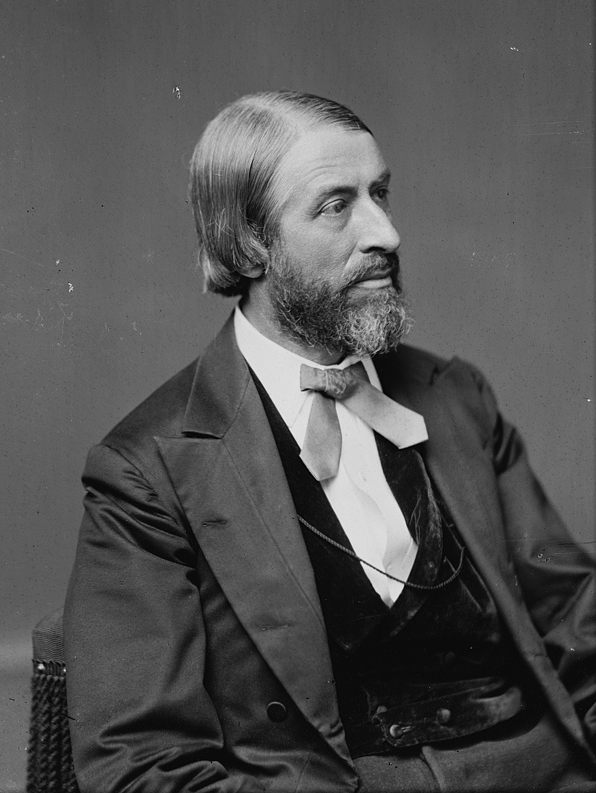
(signed in by all the members)
Friday October 1, 1824
Philosophical Hall
104 South Fifth Street, Independence Square, First Floor
Military
Politics, Diplomacy & Law
Occupation: Aristocrat and General
Residence: France
RECORD OF STRANGERS IMAGE
Volume 2
Gilbert du Motier, Marquis de La Fayette, September 6, 1757 — May 20, 1834
Gilbert du Motier, Marquis de La Fayette was a French aristocrat who became a military officer and fought for the United States in the American Revolutionary War. Lafayette became known as a national hero, and toured the United States advocating for various causes including the creation of a federal union and the emancipation of slaves. His entry into the Record of Strangers is unique in that it shows Lafayette as being signed in by "all the members", as opposed to a single introducing member, and is indicative of his status as a national hero. Lafayette was also made the Athenaeum's first honorary member on July 18, 1825, as documented in a letter signed by Athenaeum secretary William McIlhenney, Jr., which is now held in the Athenaeum's collection. The Record of Strangers indicates that Lafayette's son, Georges Washington de La Fayette, along with Lafayette's secretary were signed in on the same day by member Peter S. Du Ponceau, who also served in the American Revolution.
Portrait courtesy of Smithsonian Open Access — Source — Source — Source
(signed in by J. [John] C. Montgomery)
Tuesday September 12, 1837
Philosophical Hall
104 South Fifth Street, Independence Square, First Floor
Politics, Diplomacy & Law
Occupation: Attorney and Politician
Residence: Kentucky
RECORD OF STRANGERS IMAGE
Volume 4
Henry Clay, April 12, 1777 – June 29, 1852
Henry Clay was an attorney and American politician, who served in various positions throughout his career. He served as a United States Senator, member of the House of Representatives, Speaker of the House of Representatives, and the United States Secretary of State. He also ran for president three times, as a member of three different political parties. Clay was known by his nickname, "The Great Compromiser" due to his determination to broker the best political deal in all situations. He was a strong proponent of compromises that served to preserve the union of the United States when regional disagreements over slavery came to a head. Clay was also instrumental in securing a declaration of war against Great Britain and bringing the United States into the War of 1812. Clay's legacy also includes the "American System", which established tariffs protecting American industry, a national bank, and improvements to infrastructure like roads and waterways. The Record of Strangers shows that Clay visited the Athenaeum multiple times across a 25-year period that spanned his political career, from 1823 to 1848.
Portrait courtesy of Smithsonian Open Access
(signed in by Librarian)
Thursday July 2, 1863
Athenaeum
Education & Scholarship
Occupation: Librarian of Congress
Residence: Washington, D. C. (Liby [Library] of Congress)
RECORD OF STRANGERS IMAGE
Volume 5
Ainsworth Rand Spofford, September 12, 1825 – August 11, 1908
Ainsworth Rand Spofford was a journalist, publisher, and the sixth Librarian of Congress. Spofford started his career as a bookseller and publisher in Cincinnati, Ohio. There, he helped to found the Literary Club of Cincinnati and began to comingle with influential literary, scholarly, and political figures of the day. In 1861, Spofford was sent to Washington, D.C. to report on the inauguration of President Abraham Lincoln, a trip which led to him being offered and accepting the position of Assistant Librarian of Congress. It was during his time as Assistant Librarian of Congress that Spofford visited the Athenaeum. Spofford gathered support from members of Congress and was appointed Librarian of Congress by President Lincoln on New Year's Eve, 1864. Spofford believed that as the national library, the Library of Congress should serve both American citizens and elected representatives. He is responsible for transferring the Smithsonian Institution's library collections to the Library of Congress, and further expanding the institution to become the largest library in the United States, both in its collection and its structure, as he pushed strongly for the construction of a new, world-class building to house the collections that was completed in 1897.
Portrait courtesy of the Library of Congress







